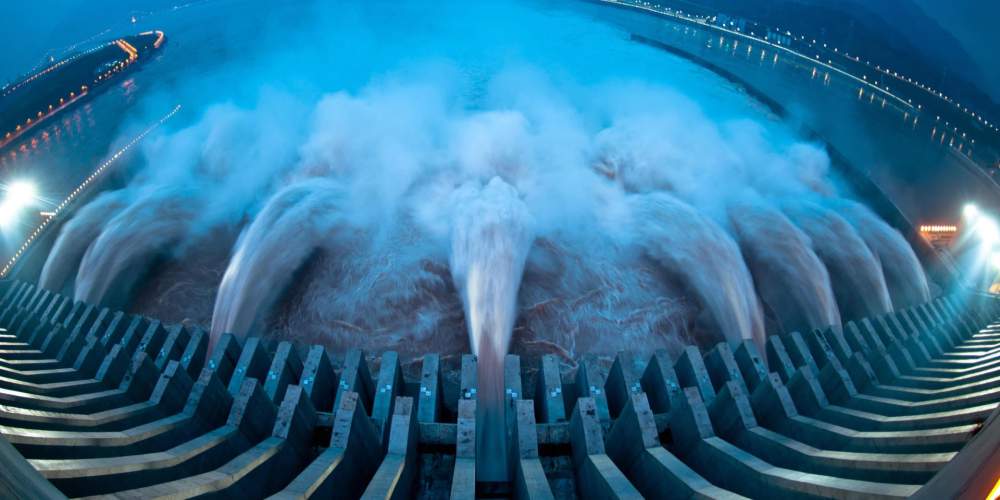Hydroelectric energy is a vital component of the global renewable energy landscape, representing one of the oldest and most established forms of energy generation. With the growing demand for clean and sustainable power solutions, investing in hydroelectric projects presents a promising opportunity for investors looking to contribute to environmental sustainability while potentially reaping attractive financial rewards. This guide will explore various aspects of investing in hydroelectric energy, including the types of investments available, key considerations, and strategies to maximise returns.
Understanding Hydroelectric Energy
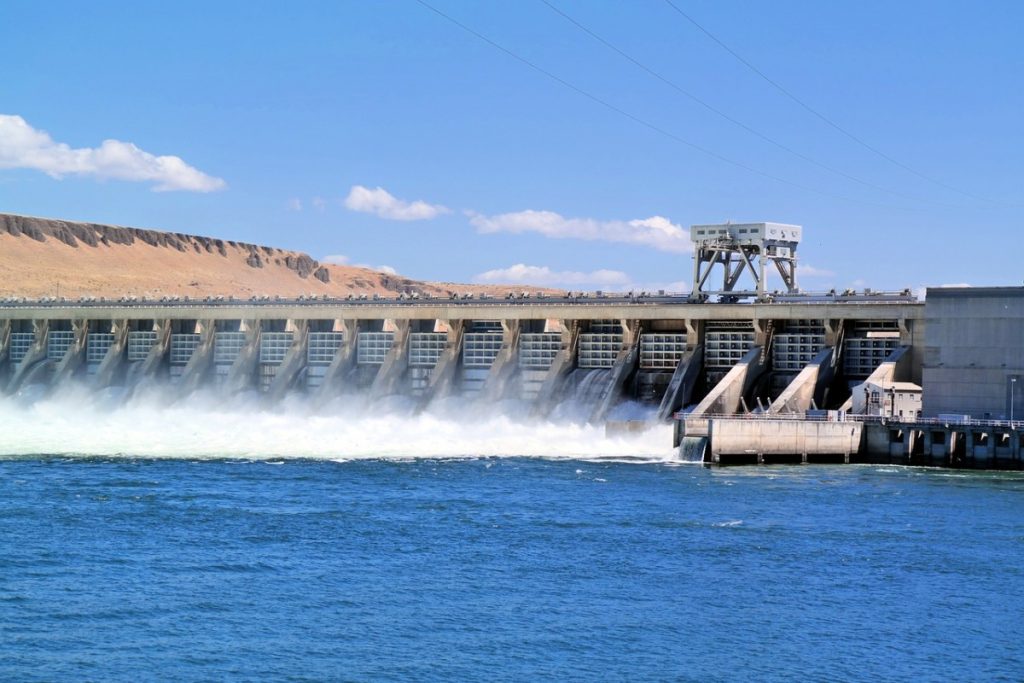
Hydroelectric power is generated by harnessing the energy of flowing or falling water, typically through the construction of dams on rivers or other water bodies. The process involves converting the kinetic energy of moving water into mechanical energy using turbines, which is then transformed into electrical energy. Hydroelectric facilities can vary significantly in size, from small run-of-the-river plants to large-scale hydroelectric dams with extensive reservoirs.
The advantages of hydroelectric energy are substantial. It provides a stable power supply, has low operating costs after initial construction, and produces minimal greenhouse gas emissions compared to fossil fuels. However, it’s important to note that hydroelectric projects can also have environmental impacts, including ecosystem disruption and changes in local water levels.
Types of Investments in Hydroelectric Energy
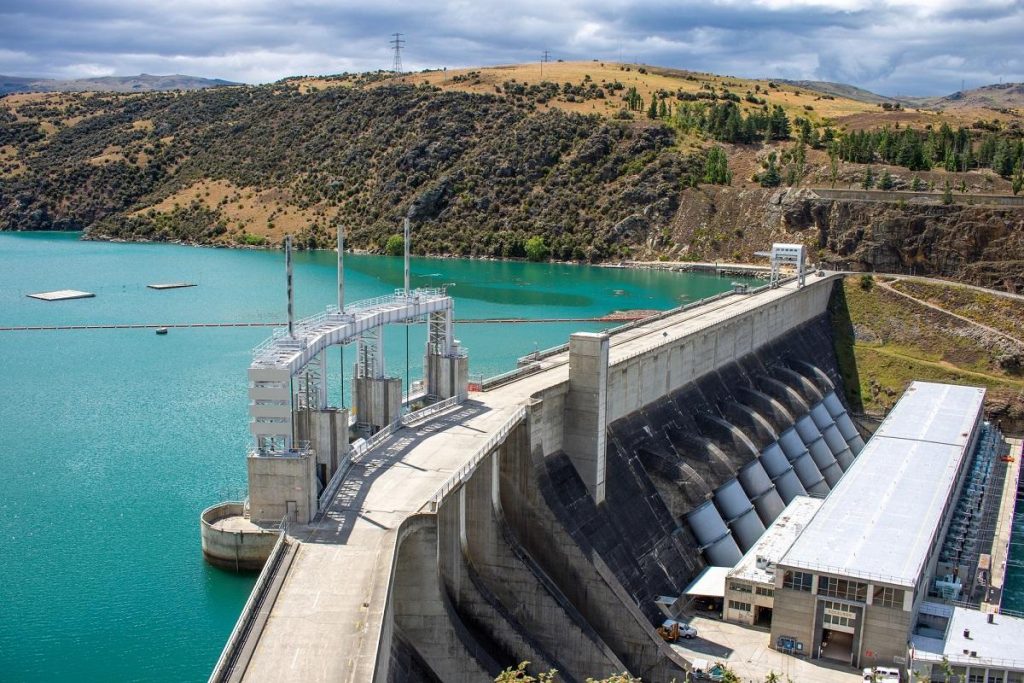
Investing in hydroelectric energy can be approached through several avenues, each catering to different investor profiles and risk preferences.
1. Publicly Traded Companies
Many companies focus on hydroelectric energy generation and are publicly listed on stock exchanges. Investing in these companies allows individuals to gain exposure to the hydroelectric sector without needing to directly own or manage power plants. Key considerations include:
- Pros: Convenience of trading shares; potential for capital appreciation and dividends.
- Cons: Stock market volatility; dependency on company performance and market conditions.
2. Mutual Funds and Exchange-Traded Funds (ETFs)
For investors seeking diversification, hydroelectric-focused mutual funds and ETFs provide access to a portfolio of companies involved in hydroelectric energy generation. These funds typically invest in a mix of power generation companies, providing broader market exposure while mitigating risks associated with individual stocks.
- Pros: Diversification reduces risk; simplified investment process.
- Cons: Management fees; less control over specific holdings.
3. Hydroelectric Real Estate Investment Trusts (REITs)
Hydroelectric REITs pool capital to invest in hydroelectric projects, earning revenue through lease agreements and power sales. Investing in these trusts provides an opportunity for steady income, typically distributed as dividends to shareholders.
- Pros: Regular income through dividends; passive investment opportunity.
- Cons: Market risks; dependence on the success of underlying projects.
4. Private Equity and Venture Capital
For accredited investors, private equity and venture capital investments in hydroelectric projects can yield high returns. This approach typically involves funding new hydroelectric projects or expansions of existing facilities.
- Pros: Higher potential returns; direct involvement in project development.
- Cons: High barriers to entry; lower liquidity and longer investment horizons.
5. Crowdfunding Platforms
Emerging crowdfunding platforms offer individuals the opportunity to invest in hydroelectric projects with smaller capital amounts. These platforms connect investors with developers looking for funding to launch hydroelectric initiatives.
- Pros: Low minimum investments; support for community projects.
- Cons: Higher risk; variable project success rates.
Key Considerations for Investing in Hydroelectric Energy
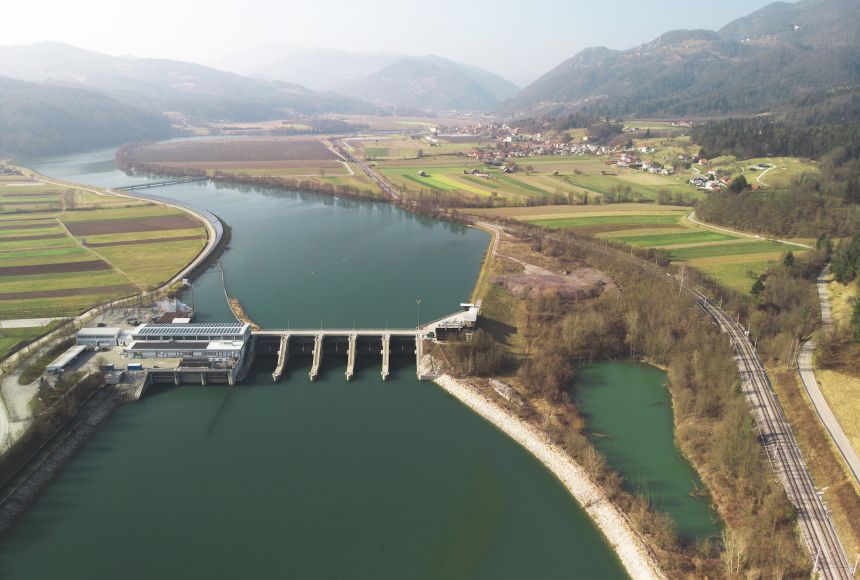
To successfully navigate the hydroelectric investment landscape, it’s crucial to consider several key factors:
1. Government Policies and Incentives
Government policies can significantly influence the hydroelectric industry. Stay informed about regulations, tax incentives, and grants that may favour hydroelectric projects. Supportive policies can enhance investment prospects and foster growth in the sector.
2. Environmental Impact Assessments
Conduct due diligence regarding the environmental impacts of hydroelectric projects. Understanding the potential ecological consequences, such as habitat disruption and water quality changes, is essential for assessing the sustainability of an investment.
3. Technological Innovations
Technological advancements in hydroelectric systems can improve efficiency and lower operational costs. Investing in companies that embrace cutting-edge technology, such as turbine innovations and smart grid connections, could provide a competitive edge.
4. Market Demand for Renewable Energy
Evaluate the overarching market demand for renewable energy, including hydroelectric power. Examine factors such as current energy prices, regulatory frameworks, and consumer sentiment towards clean energy sources to gauge growth potential.
5. Geographical Factors
Consider the geographical location of hydroelectric investments. Regions with abundant water resources and supportive regulatory environments often present more attractive opportunities. Assess local demand for electricity and the potential for expansion or new project developments.
Developing an Investment Strategy
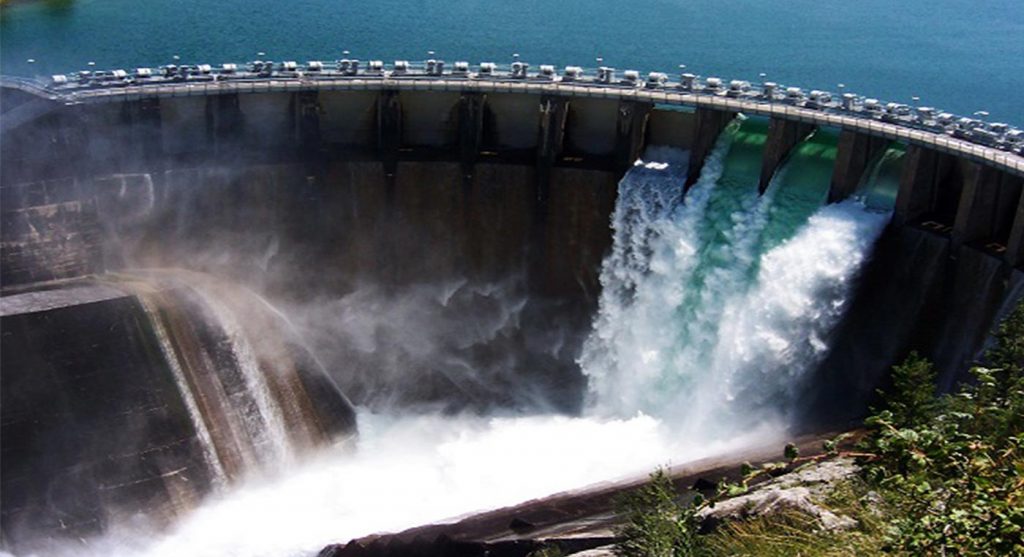
1. Assess Your Goals and Risk Appetite
Define your investment objectives—whether they are long-term growth, income generation, or supporting sustainable energy initiatives. Your risk tolerance will guide your selection of specific investment vehicles within the hydroelectric sector.
2. Diversify Your Investments
Diversification across different types of hydroelectric investments can mitigate the risks associated with individual projects or companies. Consider incorporating a mix of stocks, funds, and REITs to create a balanced portfolio.
3. Stay Informed
Regularly research market trends and developments in the hydroelectric industry. Staying up to date will help you make informed decisions, allowing you to adapt your strategy as required.
4. Consult with Professionals
Seek guidance from financial advisors or investment professionals with expertise in renewable energy. Their insights can illuminate opportunities and risks you may not have considered.
Conclusion
Investing in hydroelectric energy presents a compelling opportunity to participate in the transition toward a sustainable energy future. By understanding the various investment vehicles available, considering critical market factors, and developing a strategic approach, investors can successfully navigate the hydroelectric landscape. The commitment to cleaner energy not only contributes to mitigating climate change but can also yield significant financial rewards. As the demand for renewable energy continues to grow, hydroelectric projects remain a vital and promising facet of the investment world. Embracing this potential can lead to a more secure and sustainable future for both investors and the planet.
